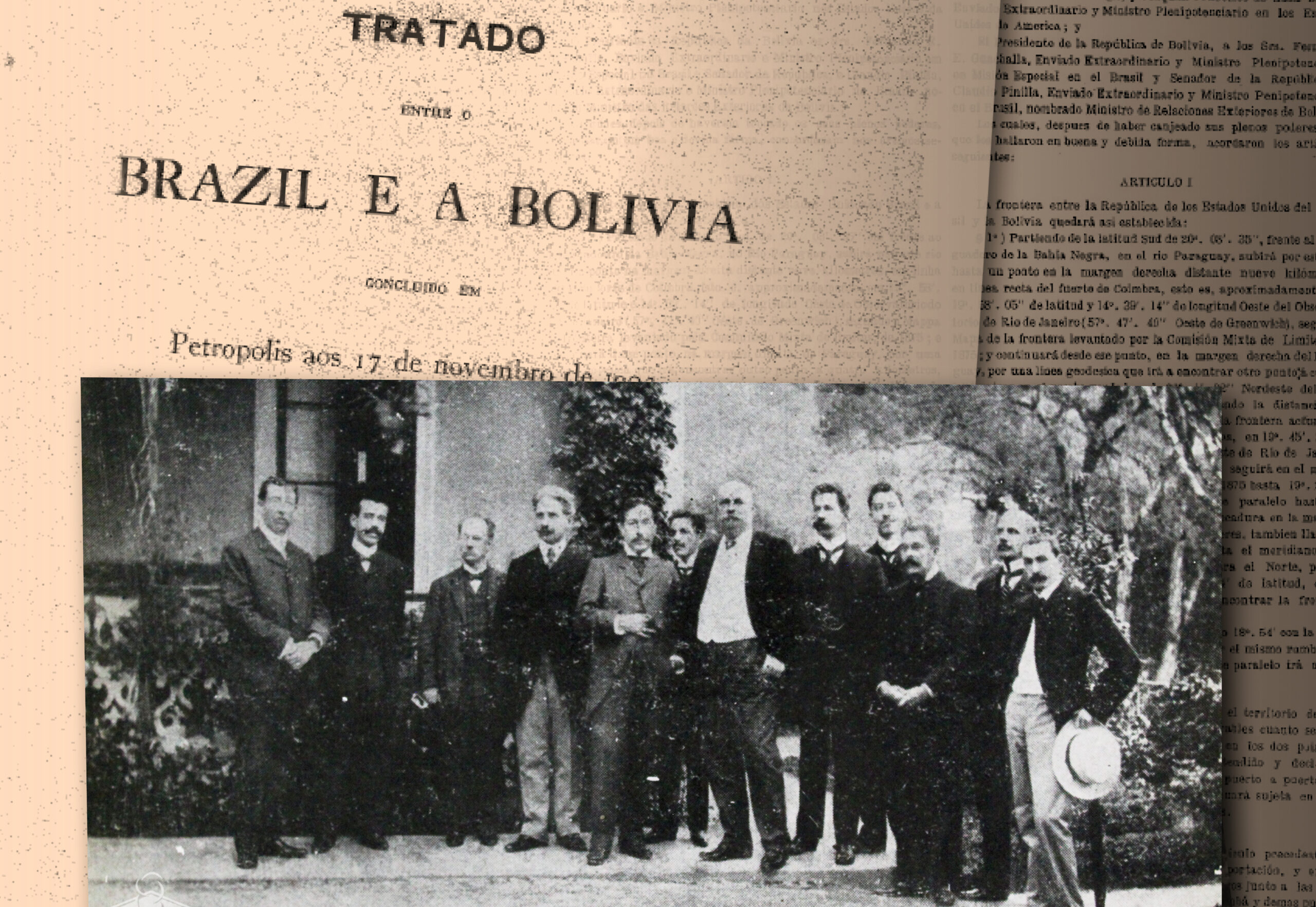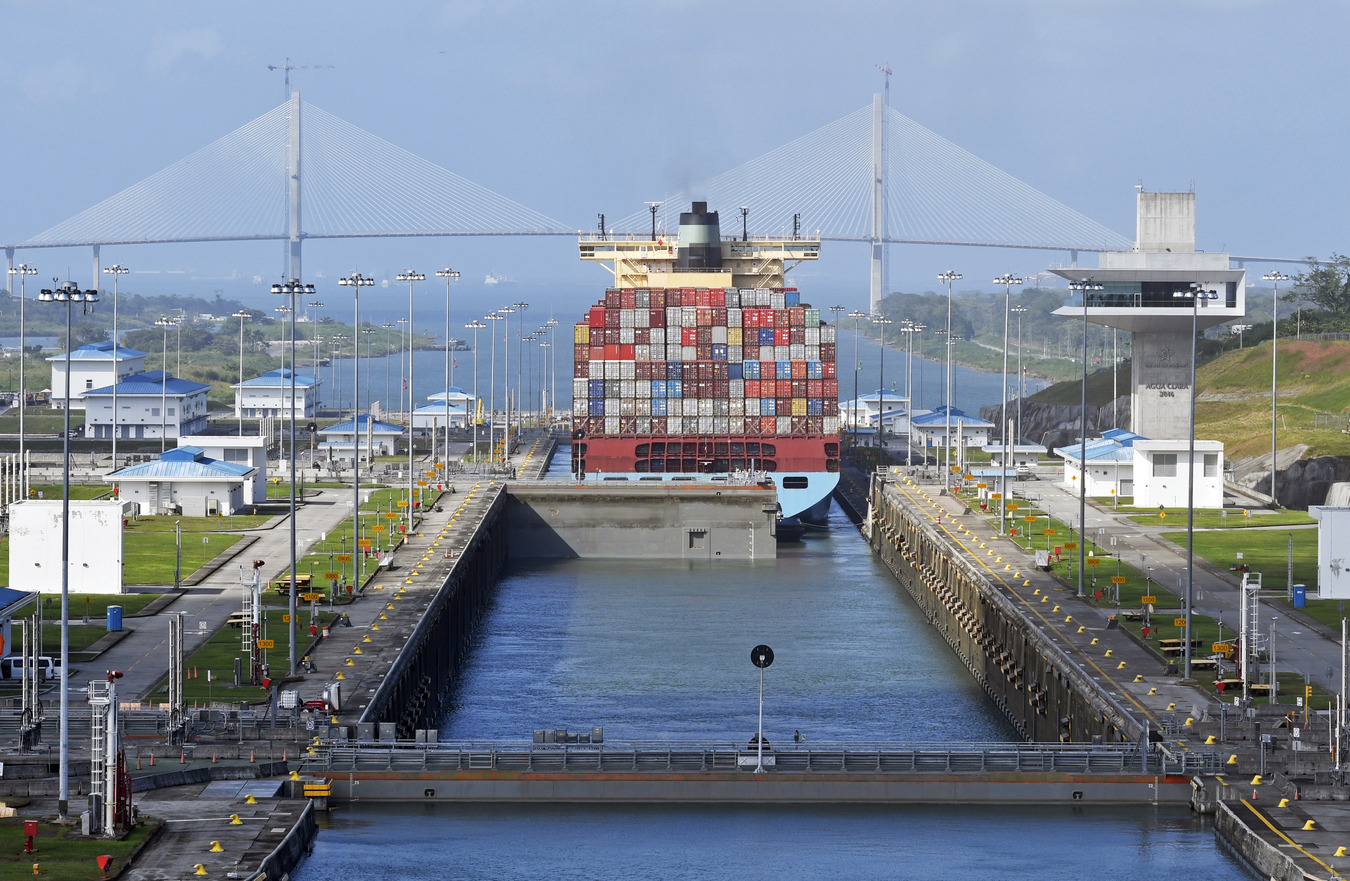Six Things to Know about Water Resources in Latin America
Six Things to Know about Water Resources in Latin America
The region has an abundance of water resources, but climate change and unequal access present risks. On World Water Day, AS/COA Online checks the numbers.
Water access will be one of prominent themes of the twenty-first century, particularly as climate change and urbanization push larger populations into water insecurity. As the world looks to manage its hydro resources, smart policies in Latin America will be critical. The region is home to four of the world’s 25 longest rivers and contains some of the largest reserves of freshwater. With that, it’s no wonder Latin America has the highest water endowment per capita. And water powers the hemisphere, enabling energy generation, trade, manufacturing, and more.
Still, access to water remains unequal; a quarter of the region’s population, or 150 million people, live in water-scarce areas. And this figure will likely only expand due to climate change.
In light of World Water Day on March 22, AS/COA Online explores key numbers about water use in Latin America today, as well as critical regional threats.









